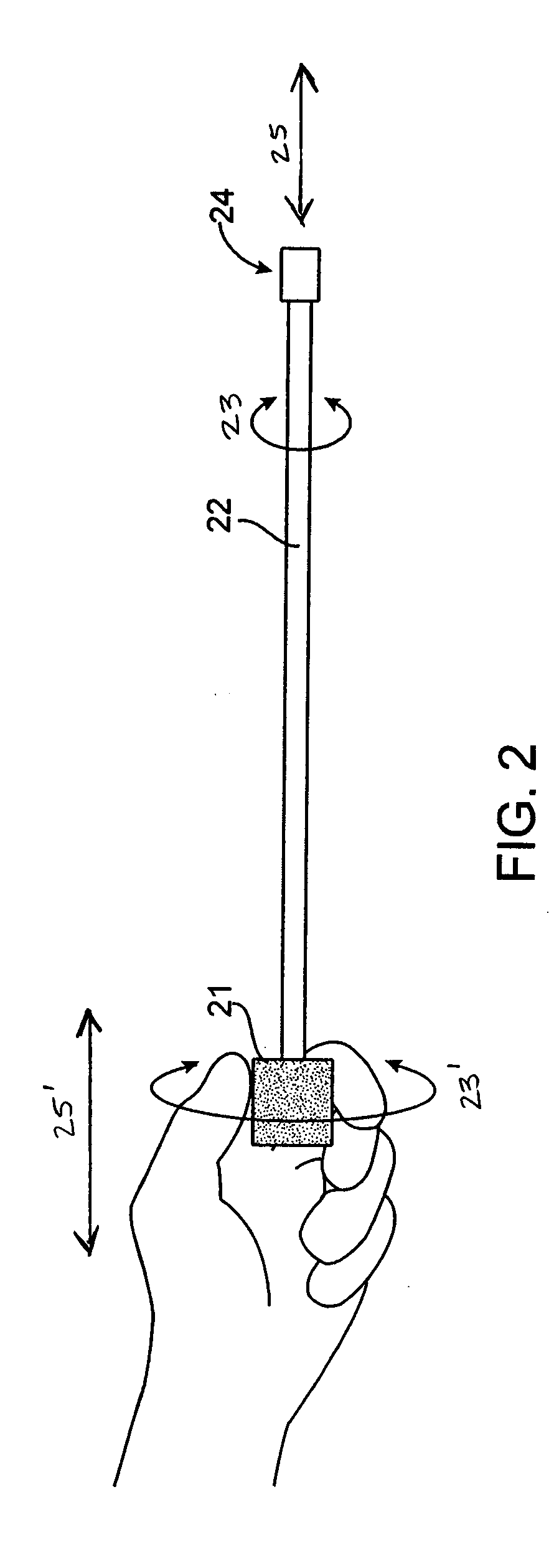Guidewire for crossing occlusions or stenoses
a technology of occlusion and guidewire, which is applied in the field of guidewire systems, can solve the problems of heart attack, myocardial infarction or heart attack, and the initial placement of guidewires is difficult or impossible in tortuous vasculature regions, and can be equally difficult. , to achieve the effect of facilitating the passage through the occlusion and better control of the creation
- Summary
- Abstract
- Description
- Claims
- Application Information
AI Technical Summary
Benefits of technology
Problems solved by technology
Method used
Image
Examples
Embodiment Construction
[0095] The systems, devices and methods according to the present invention will generally be adapted for the intraluminal treatment of a target site within a body lumen of a patient, usually in a coronary artery or peripheral blood vessel which is occluded or stenosed with atherosclerotic, stenotic, thrombotic, or other occlusive material. The systems, devices and methods, however, are also suitable for treating stenoses of the body lumens and other hyperplastic and neoplastic conditions in other body lumens, such as the ureter, the biliary duct, respiratory passages, the pancreatic duct, the lymphatic duct, and the like. Neoplastic cell growth will often occur as a result of a tumor surrounding and intruding into a body lumen. Removal of such material can thus be beneficial to maintain patency of the body lumen. While the remaining discussion is directed at passing through atheromatous or thrombotic occlusive material in a coronary artery, it will be appreciated that the systems an...
PUM
 Login to View More
Login to View More Abstract
Description
Claims
Application Information
 Login to View More
Login to View More - R&D
- Intellectual Property
- Life Sciences
- Materials
- Tech Scout
- Unparalleled Data Quality
- Higher Quality Content
- 60% Fewer Hallucinations
Browse by: Latest US Patents, China's latest patents, Technical Efficacy Thesaurus, Application Domain, Technology Topic, Popular Technical Reports.
© 2025 PatSnap. All rights reserved.Legal|Privacy policy|Modern Slavery Act Transparency Statement|Sitemap|About US| Contact US: help@patsnap.com



